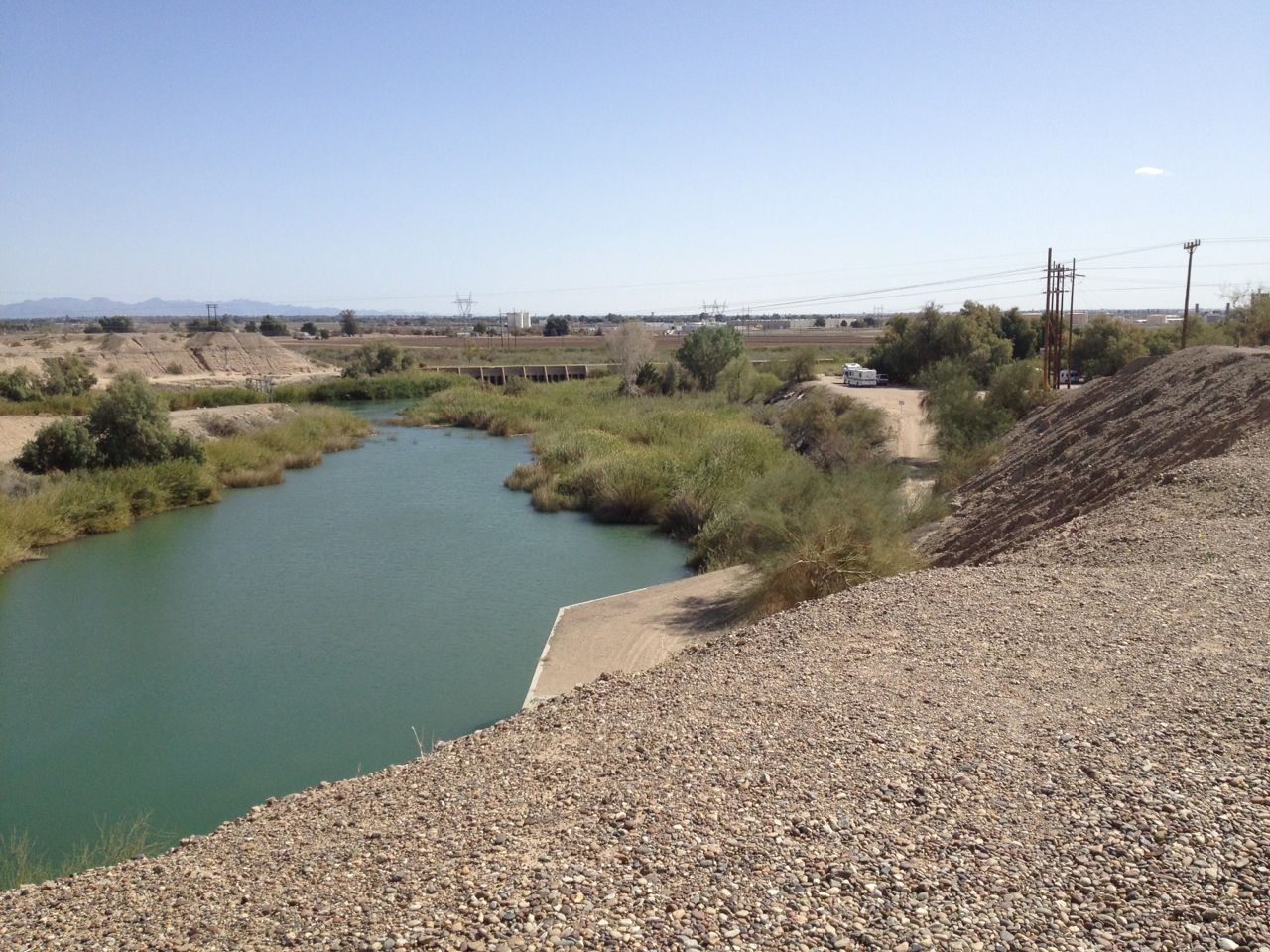Samuel Rhoads set out from Yuma to collect specimens from the Lower Colorado for the Academy of Natural Sciences of Philadelphia on Feb. 4, 1905.
Witmer Stone, who later catalogued and wrote about Rhoads’ collection, said this:
The conditions that prevailed during the expedition were peculiarly unfavorable to collecting of any sort, the rain, cold and high water being almost unprecedented.
History tells us (as delightfully captured in Bill deBuys’ Salt Dreams) the impact of that rainy February, when the Colorado River sliced through irrigation intakes with a vengeance, flooding out of control and creating the Salton Sea.
Among the creatures collected for Philadelphia Academy, Rhoads found the Black phoebes particularly delightful:
“One of the most lively bits of bird life, which relieved the tedium of our boat journey, was the frequent sight of these birds sitting on the floating drift and hawking flies and other insects from the steaming surface of Colorado of a chilly morning.”
They’re still very much there, with a particular fondness for trees and shrubs that overhang the water. They sit still out over the water, their heads snapping back and forth until they spy a bug. Darting out, they have a flycatcher’s maneuverability, with a flared tail for steering. Grab bug, return to perch, repeat. One imagines there were more of them in Rhoads’ day, because there was a lot more water. But where we found water on our trip to the Lower Colorado desert trip, Lissa and I found Black phoebes, almost without exception.
We found them here, for example, along the river at the old Rockwood Gate, one of the now-abandoned structures where grand irrigation schemes a century ago came to naught. The picture captures the modern scene, but not completely. Behind me as I took it, the All-American Canal replaces Rockwood’s failed ventures, carrying most of what remains of the Colorado River on a beeline west and then north to the Imperial Valley. In the foreground, the snowbirds. And across the river in the distance, toward Yuma, the Yuma Desalting Plant.


